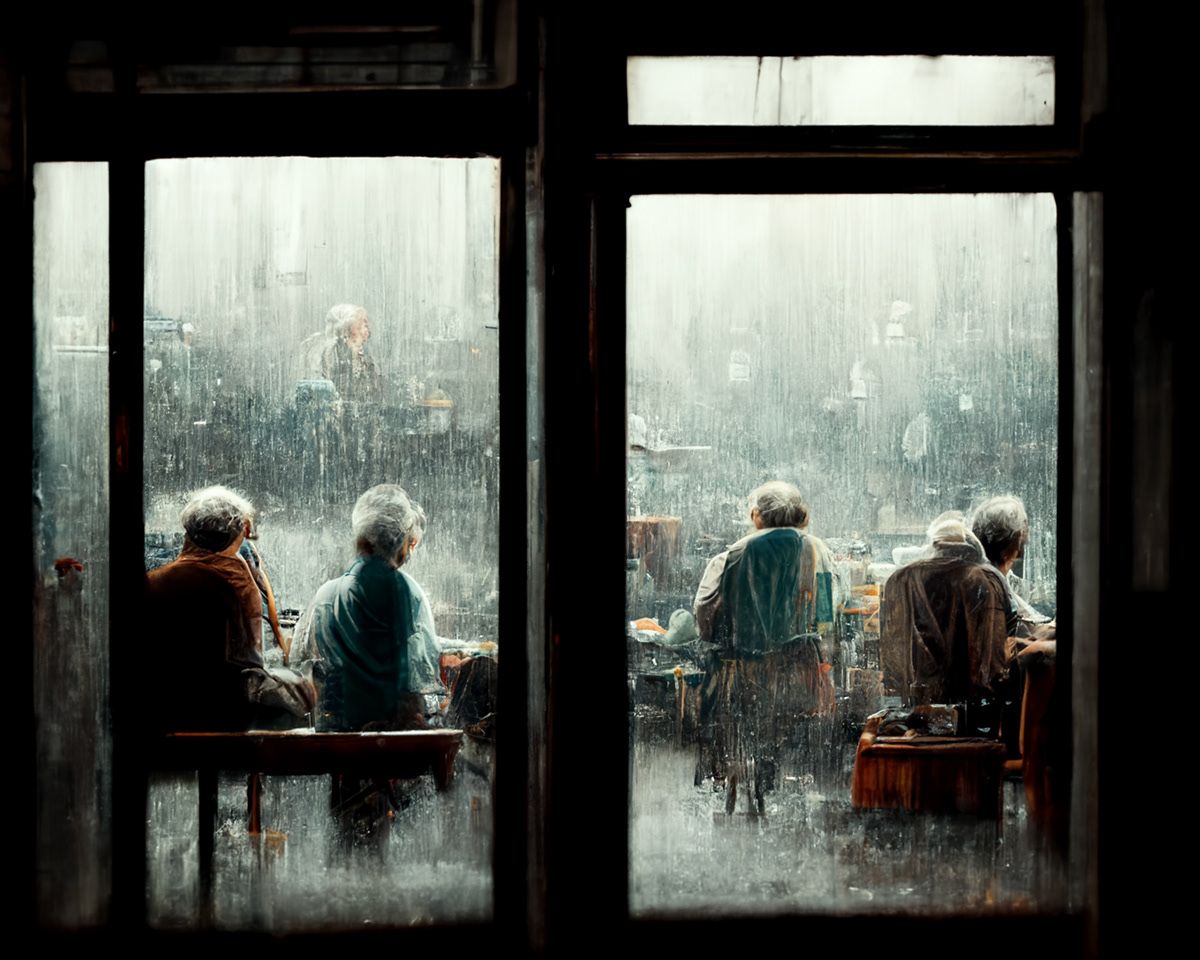The end of art, or rather the beginning of something new? In today’s round-up, we present five projects from the region whose creators have harnessed the power of artificial intelligence.
Ever since the industrial revolution, people have feared that machines will one day outperform them and eventually take their jobs. But we had no idea before that this threat would become a reality in what is perhaps our most human and intimate activity: art.
It is not unreasoned that artists feel that their vocation is under threat. In September, an article in the New York Times reported that an image generated by AI (artificial intelligence) had won first prize in an American art competition. The other contestants were not at all thrilled with the result, which also raised a number of questions. Who is the real creator of this artwork? Can it even be called a work of art?
The following examples will give you an insight into a tiny fraction of the possibilities offered by AI.
Street Invader
Estonia
Perhaps this is the kind of digital painting that comes to mind most often when we think of AI-created works. If you want to generate similar images, you can now choose from a range of programs such as Midjourney, NightCafe, or Dall-e. They’re pretty easy to use, you just type in the right words in the right order and they will give you the image you want. In effect, we are “writing” the pictures.
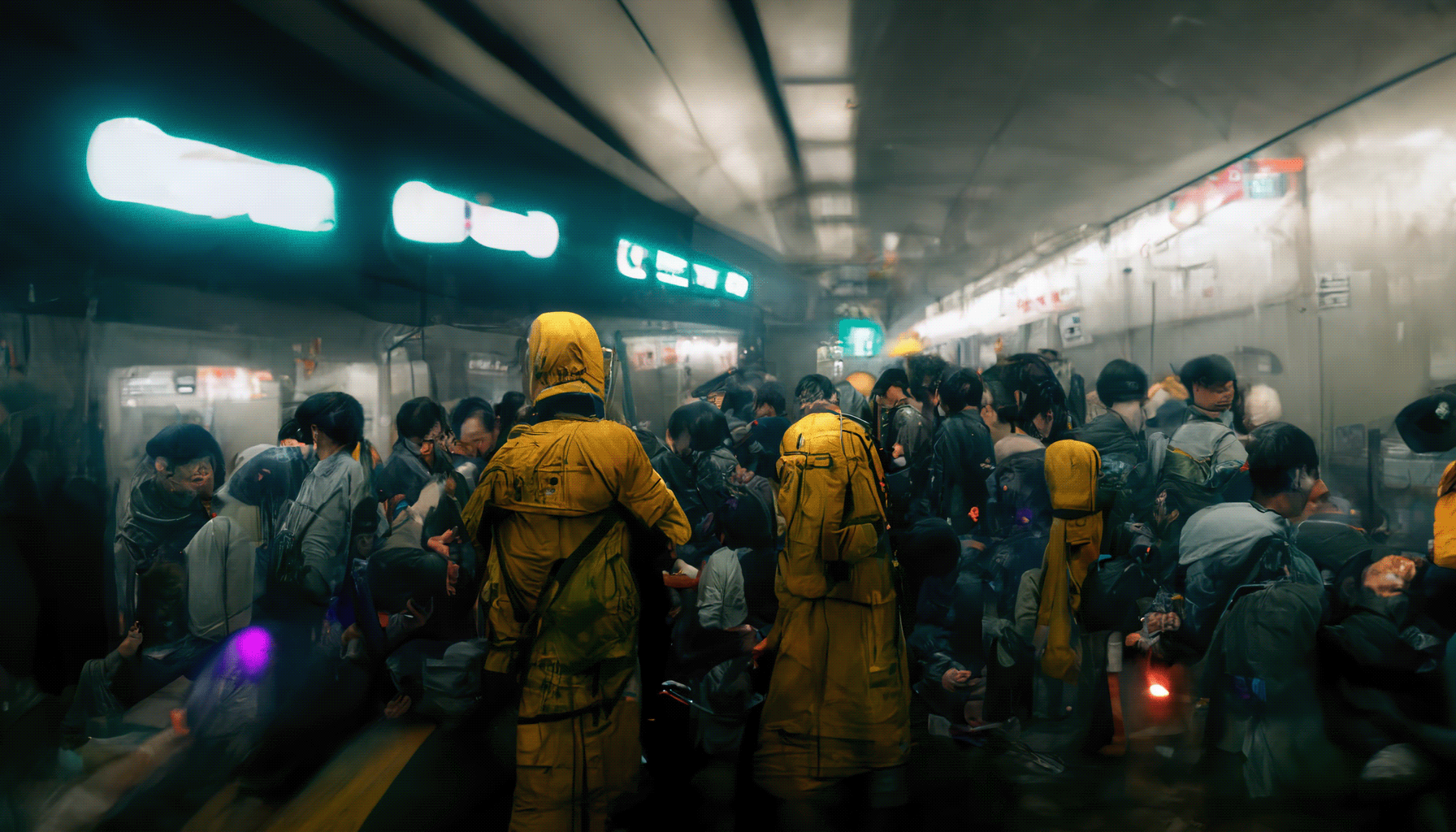
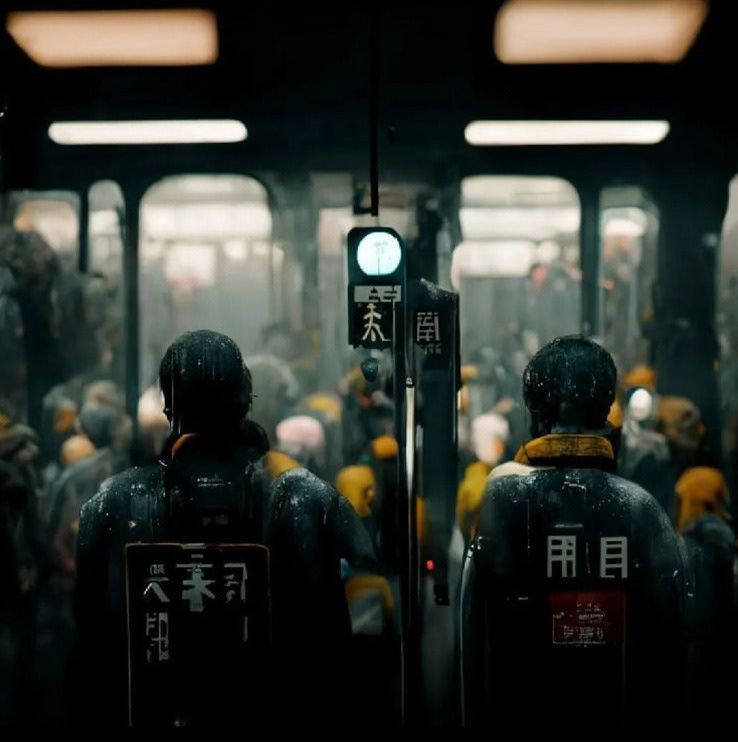
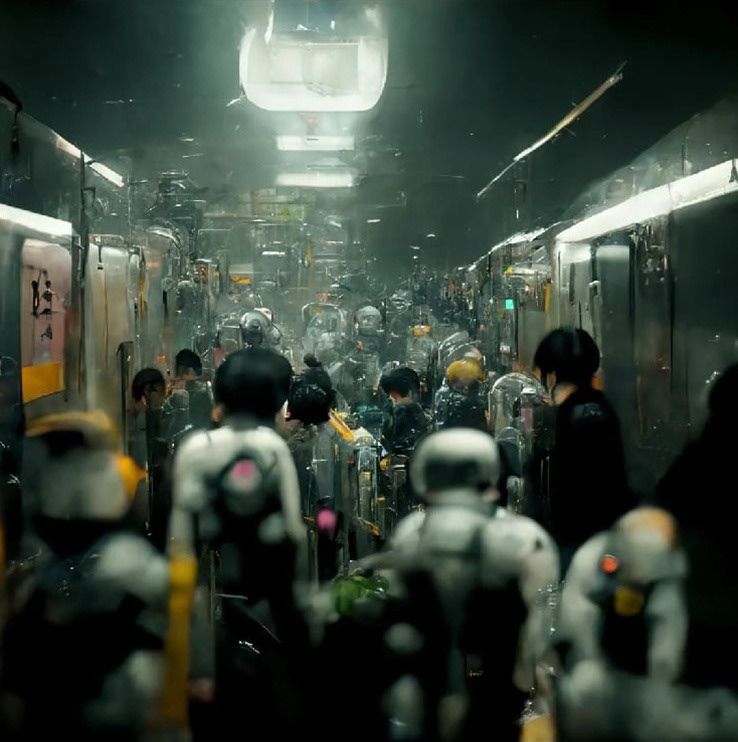
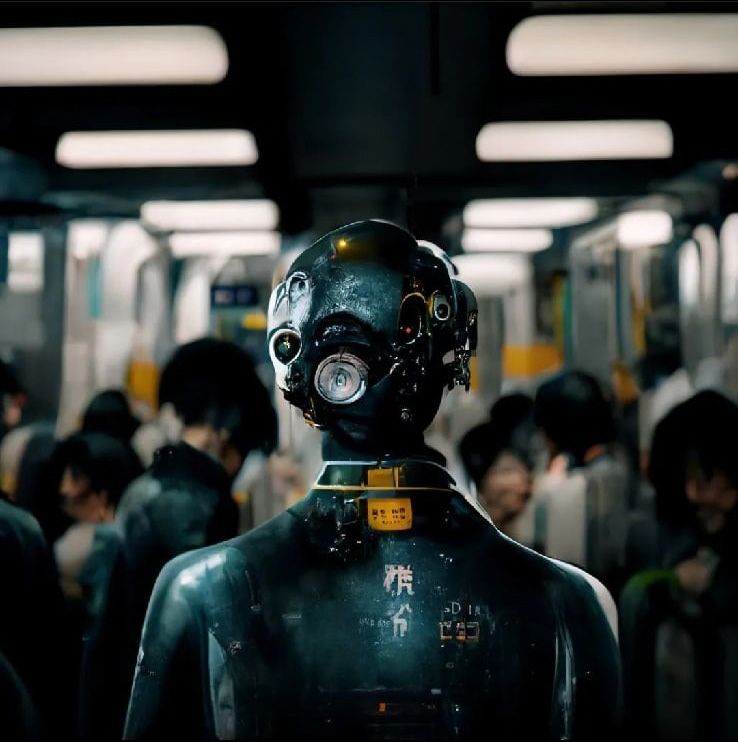
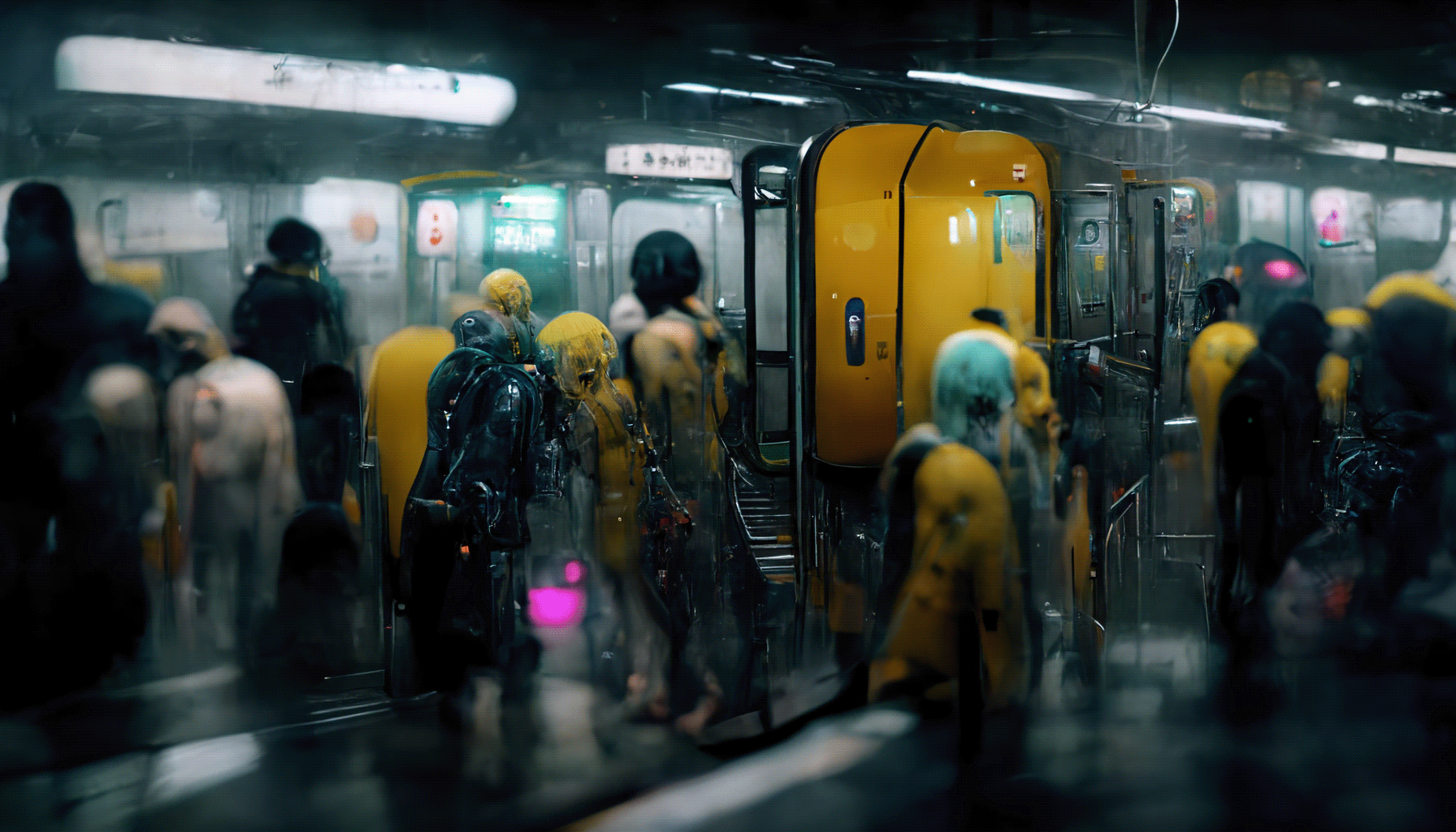
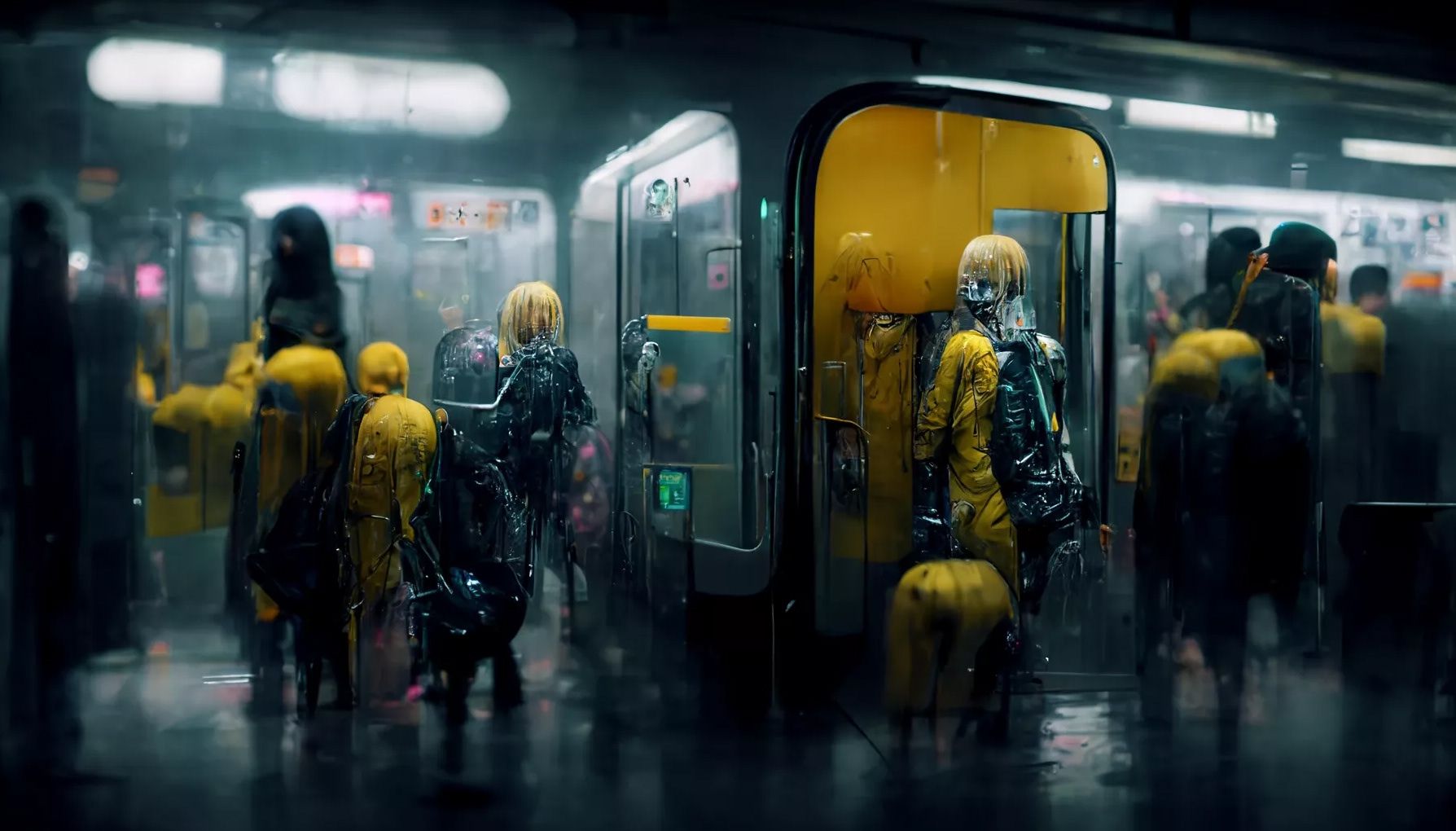
Daniel Fokin
Czechia
Fortunately, artists don’t have to let go of the reins completely. They can use artificial intelligence for sub-tasks, or just to draw from it for finding a new path. In this project, the creator experimented with how AI could generate 3D textures that could later be used in his own projects.
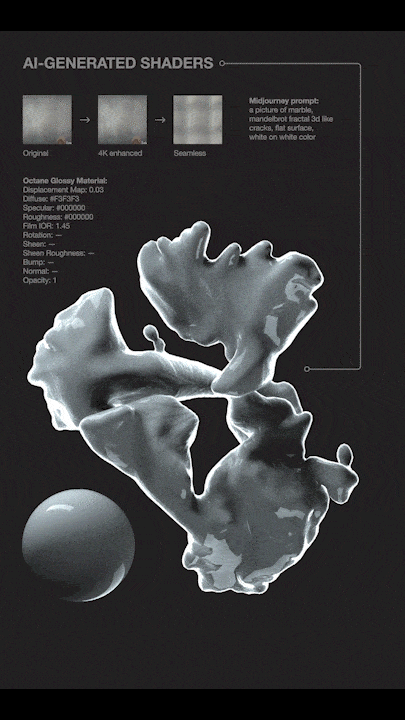
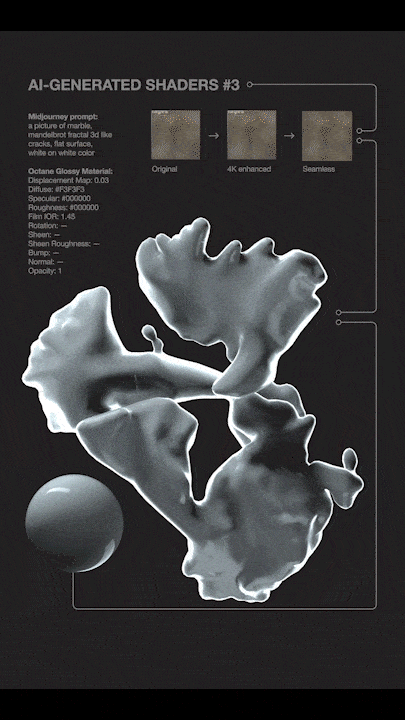

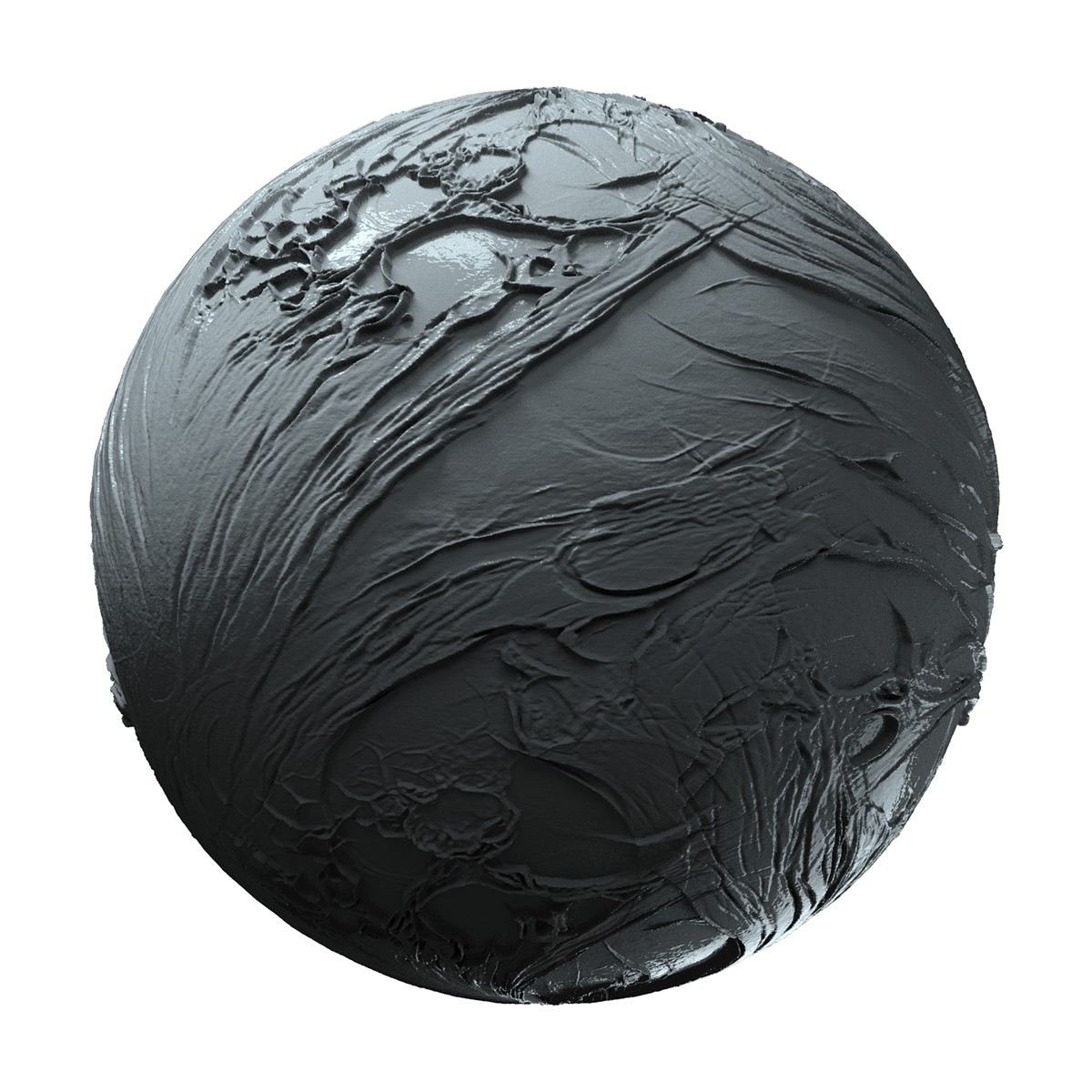
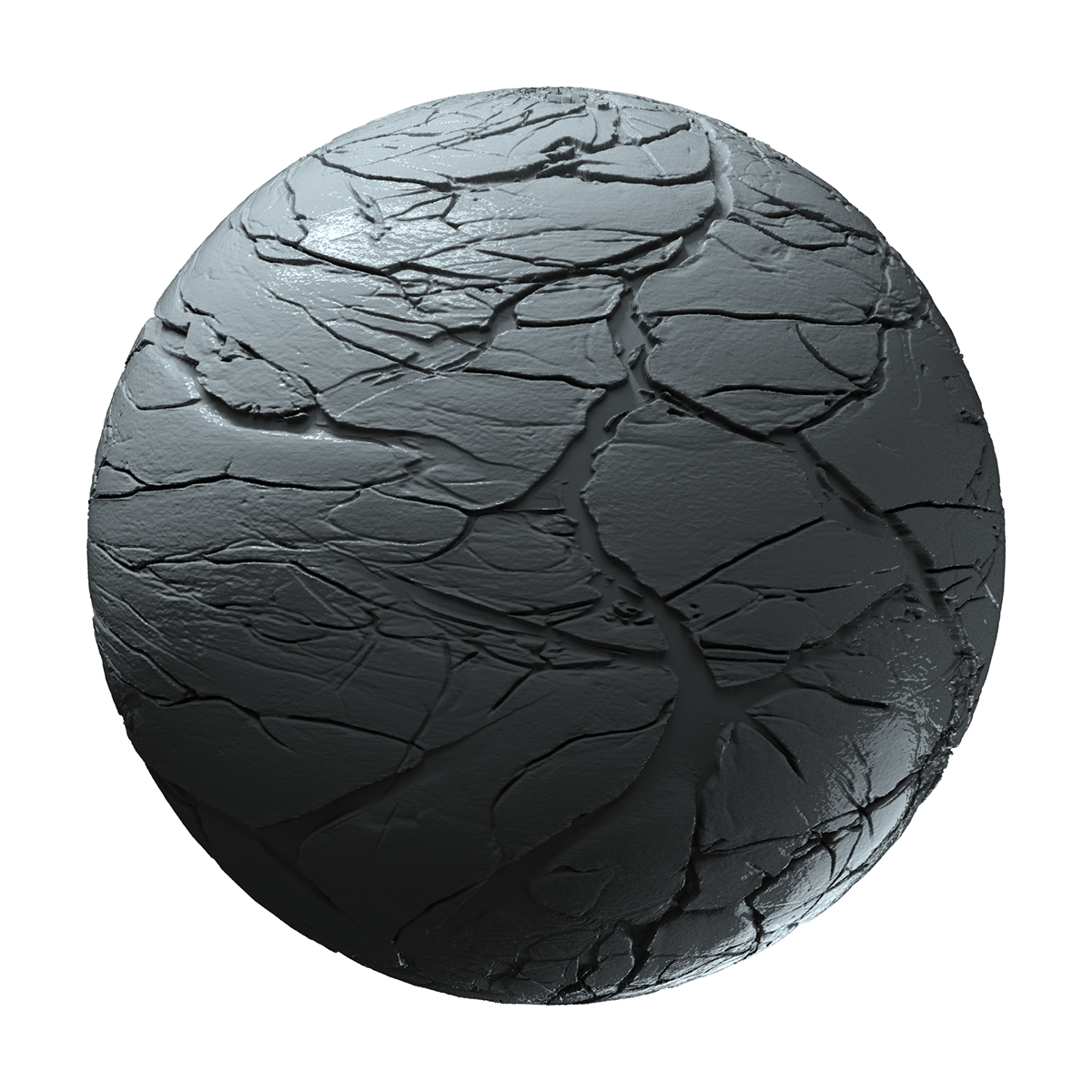
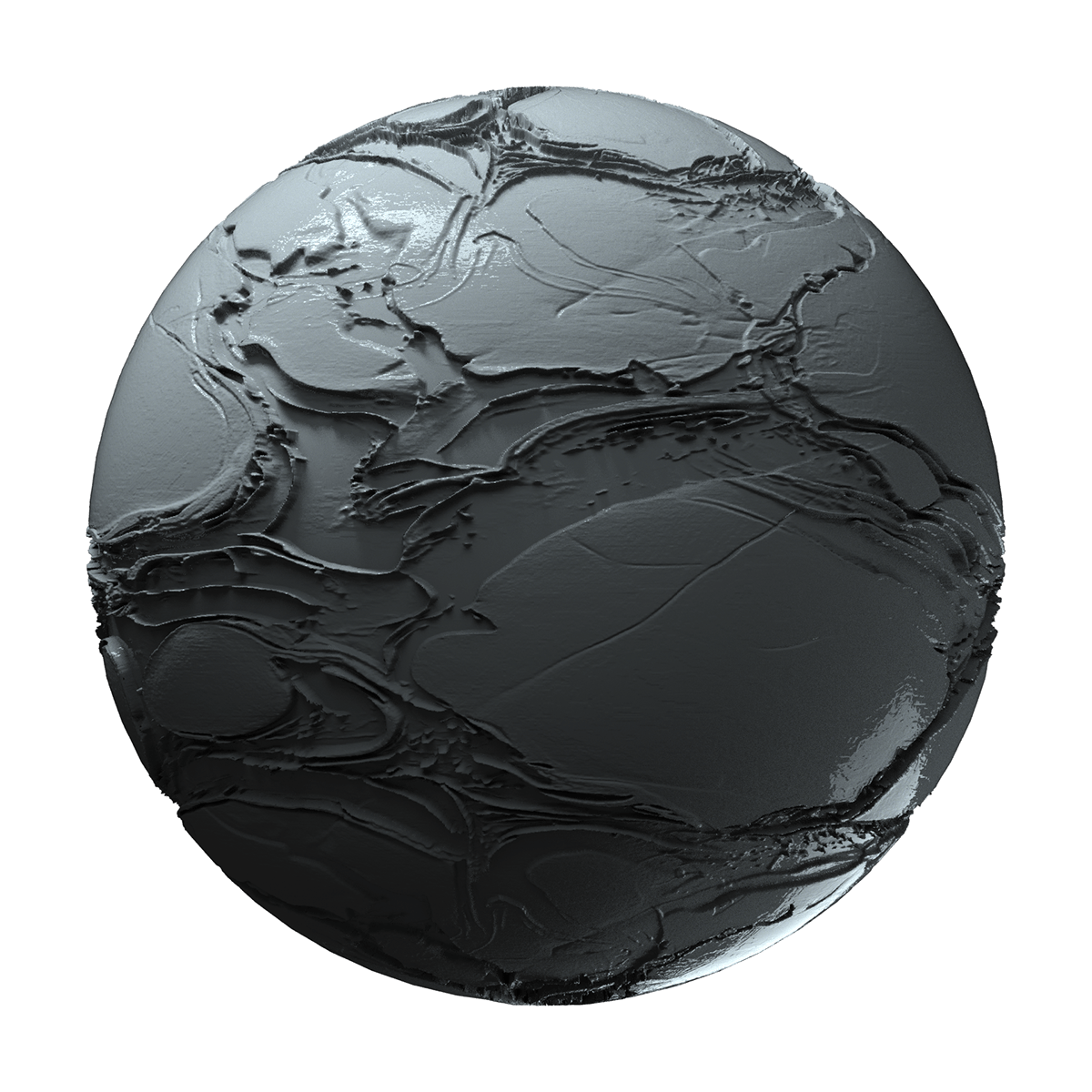
Andrea Diána Keresztesi
Hungary
The relationship between applied arts and AI does not seem to be as turbulent as in the visual arts, where authorship is a key issue. Architecture could be a good example of how AI can contribute to progress rather than take something away from the designer. It is possible that in the future we could find answers to problems this way that previously seemed insoluble.
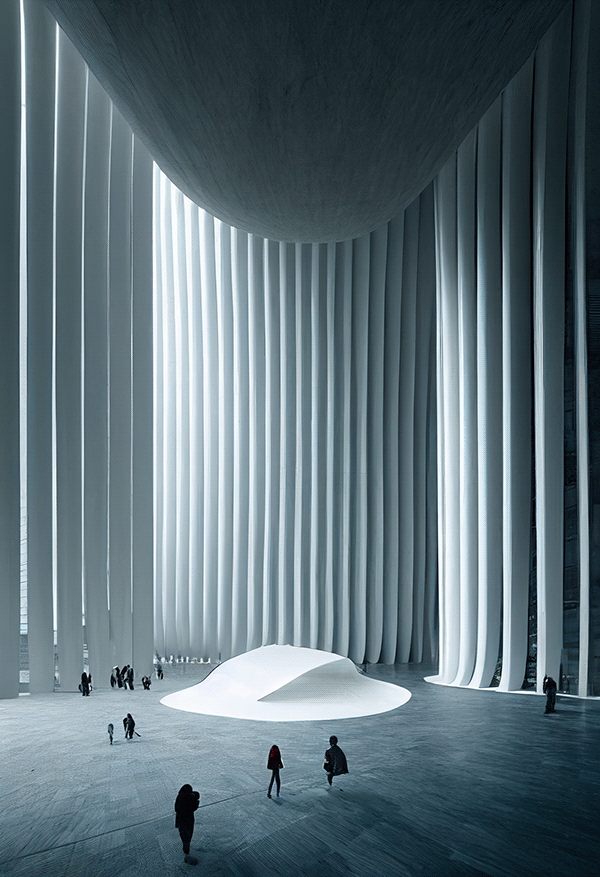
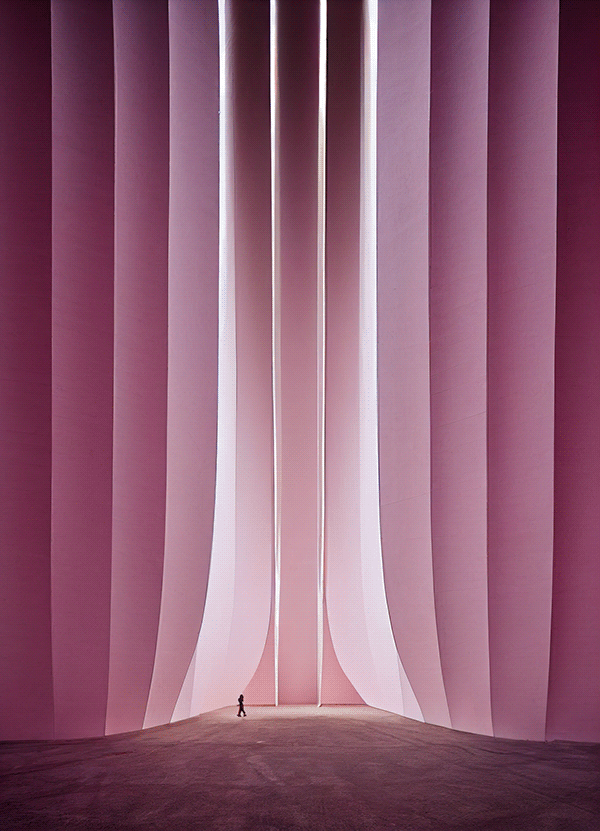
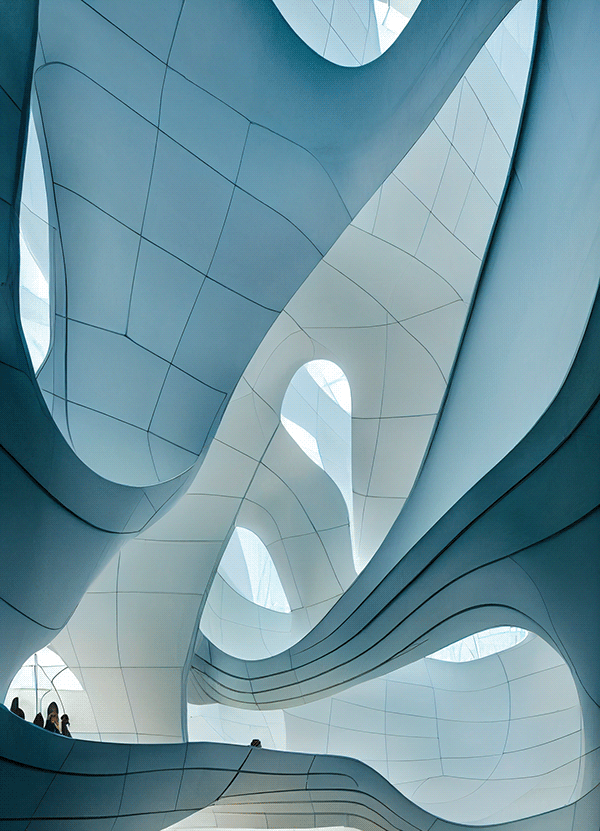
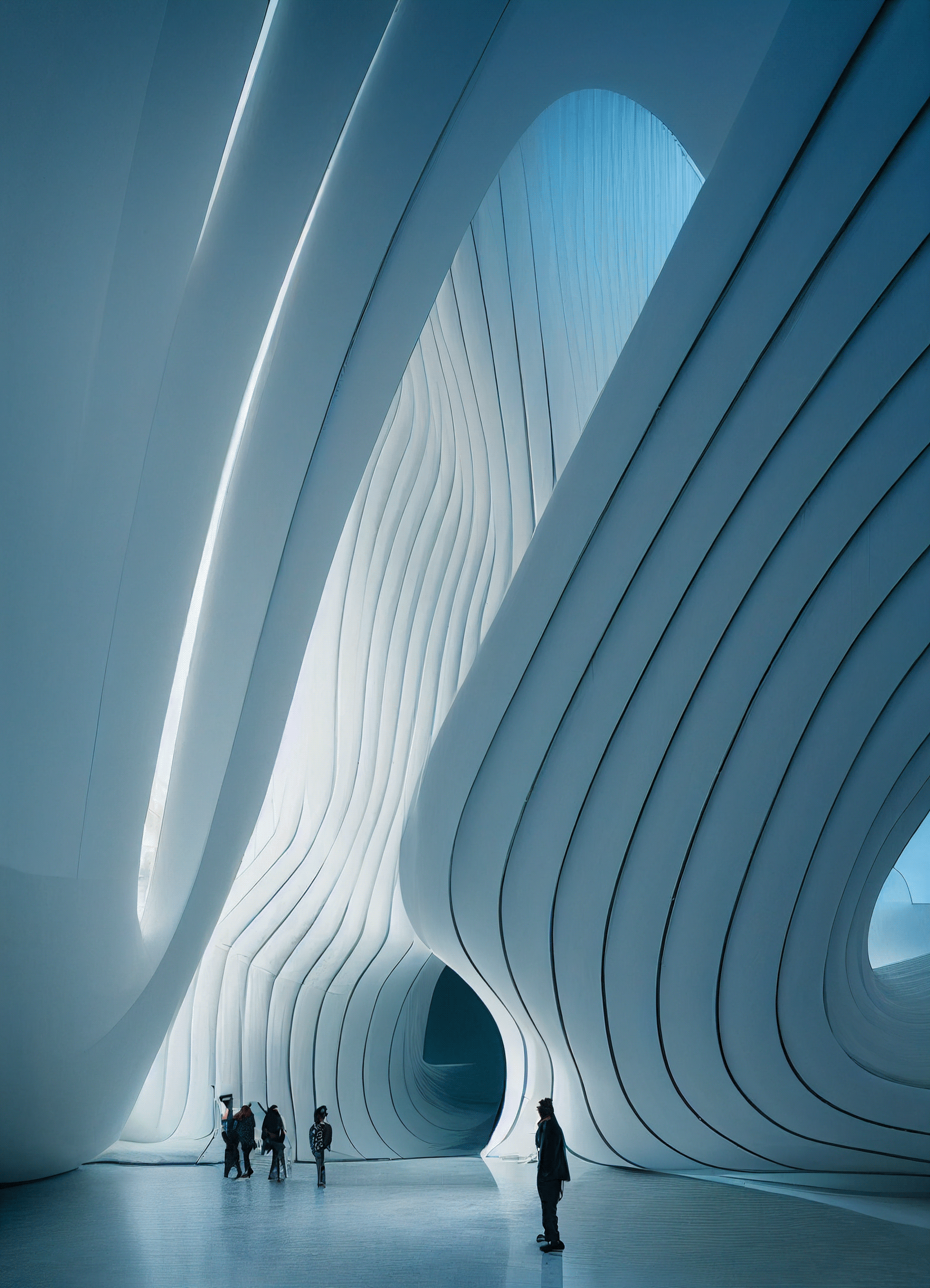
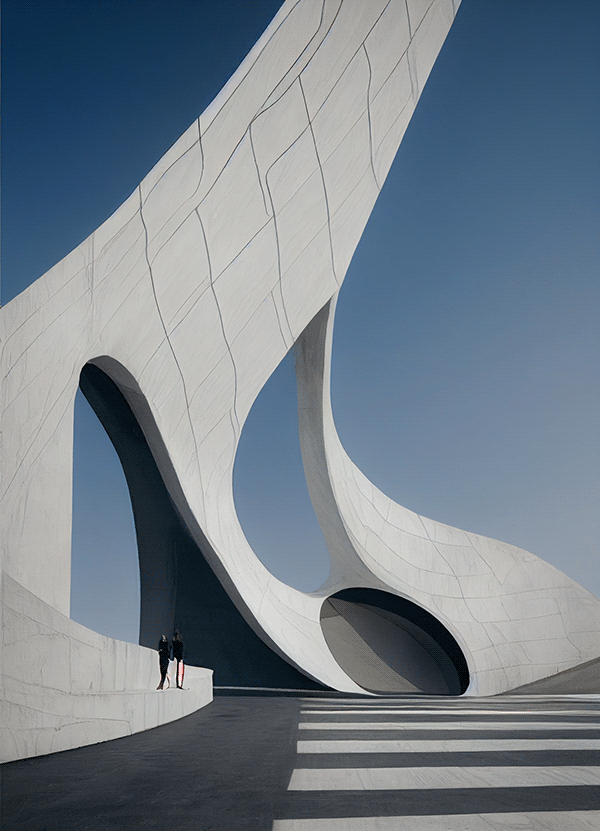
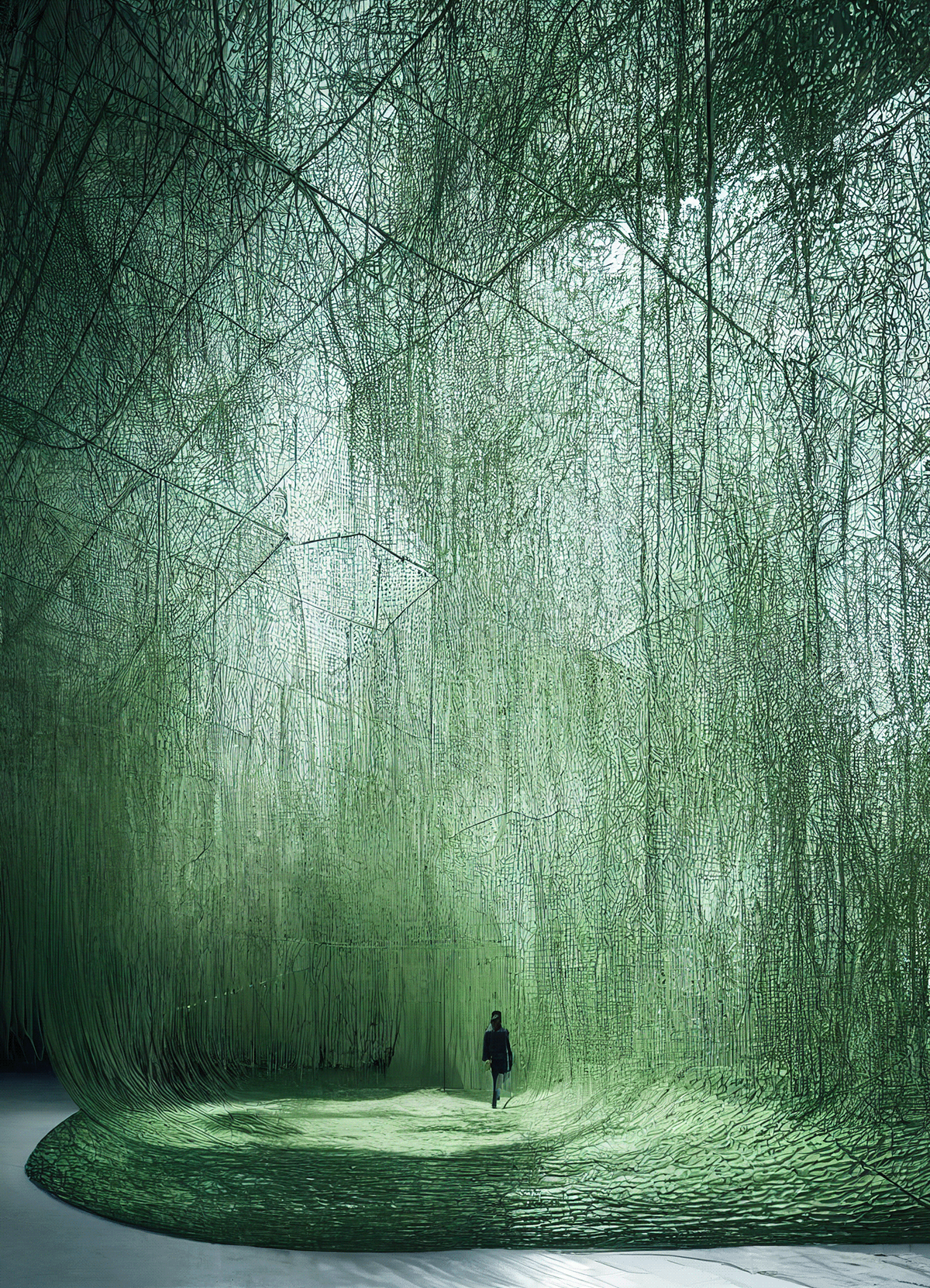
Carlos Paboudjian
Czechia
For creating the images, these programs have access to huge databases. They retrieve information based on the words we type in and then use these to compose the images. This means that they can generate images in the style of well-known artists, or even create a collection of clothes from characteristics associated with a person.
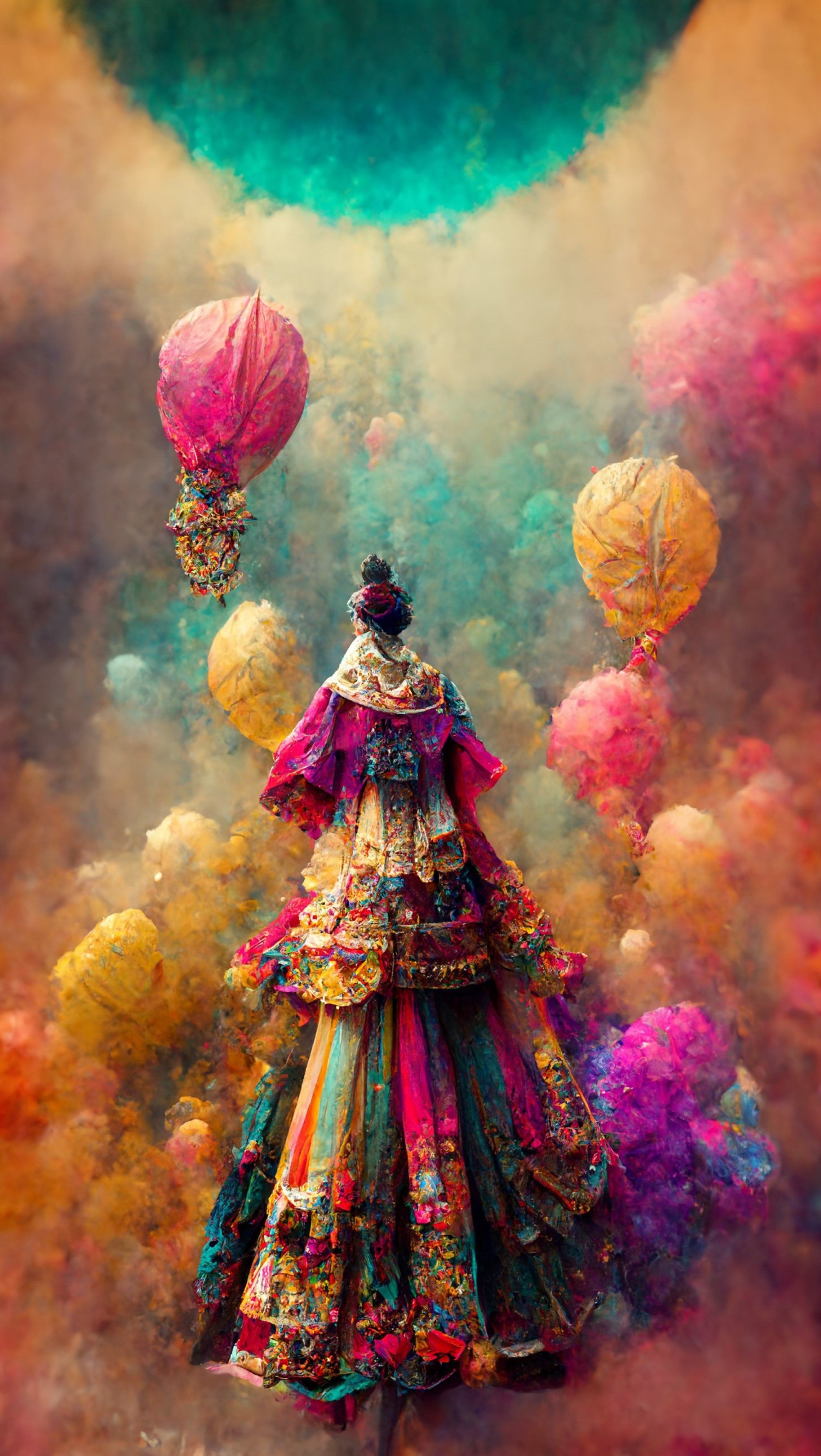
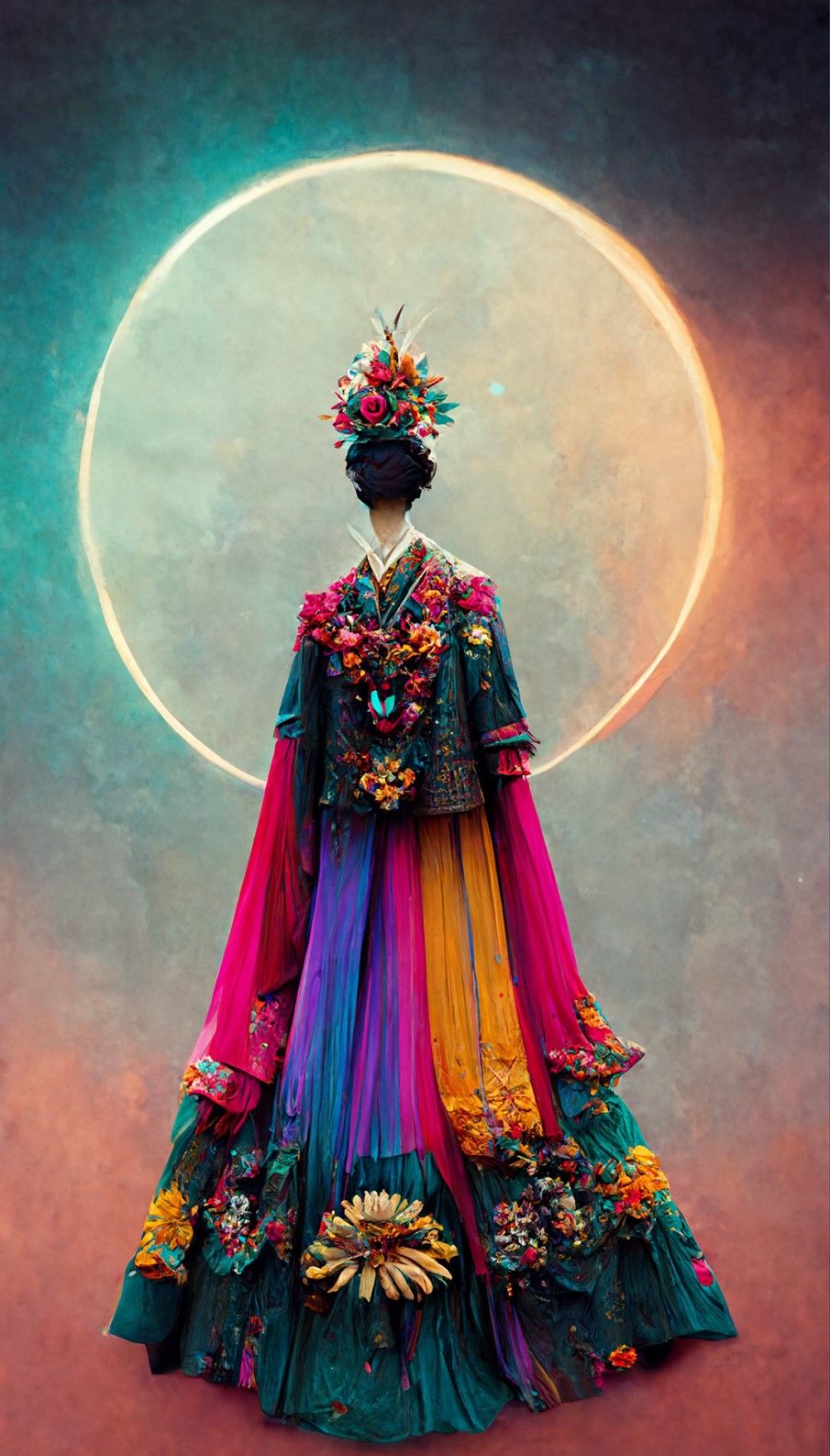
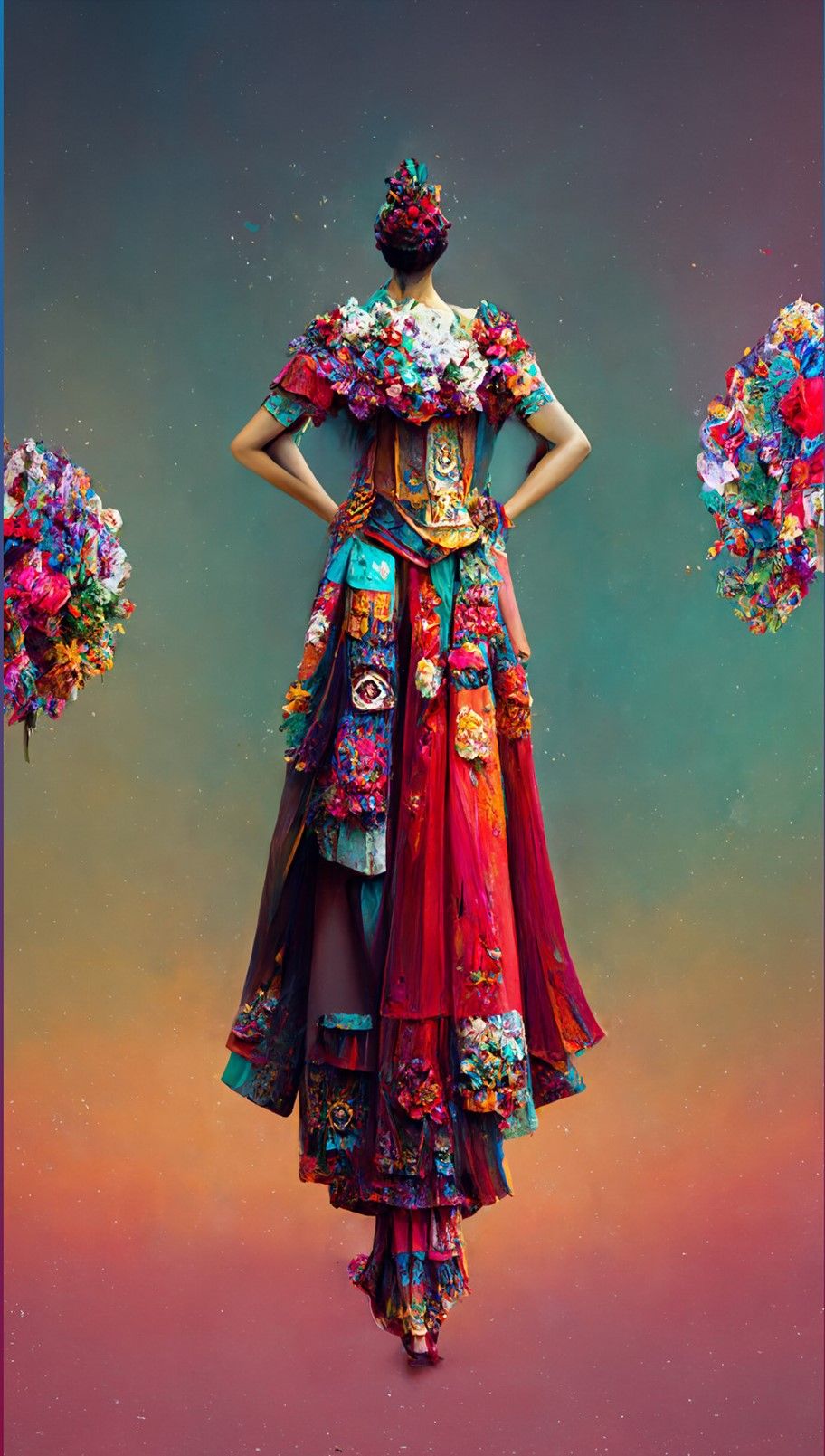

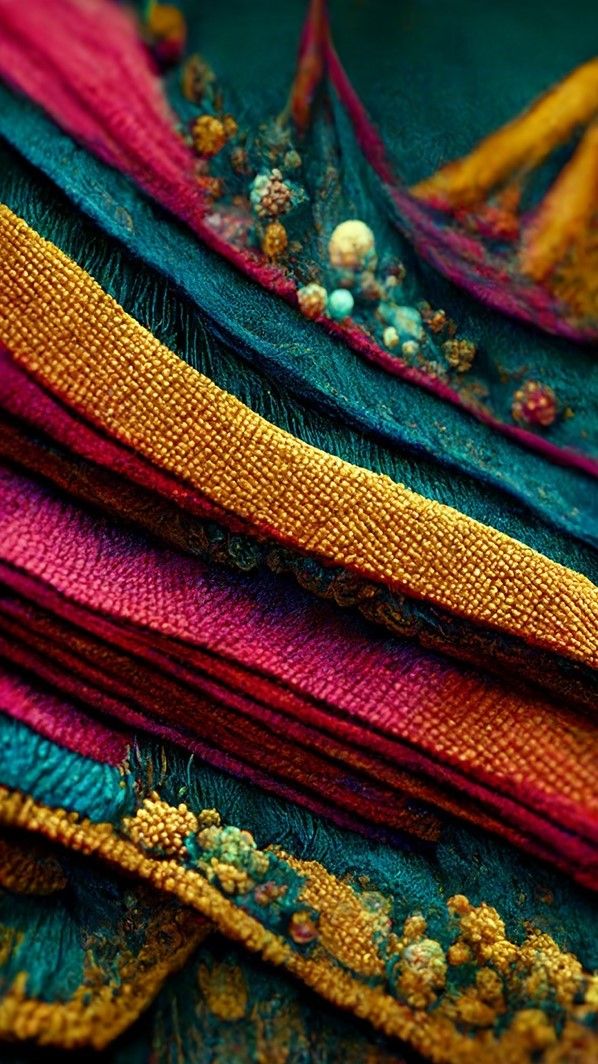
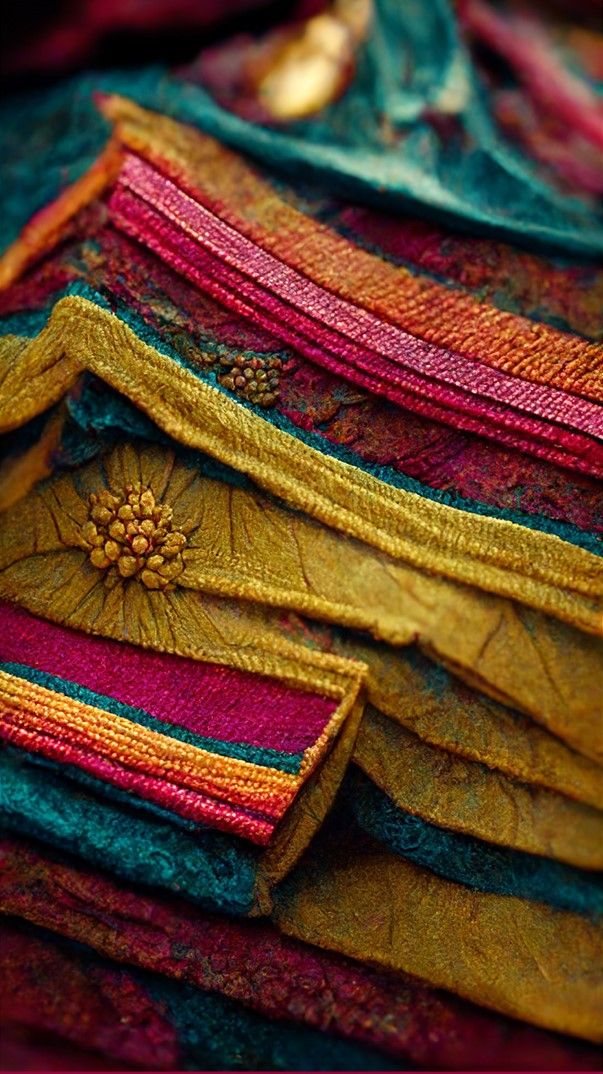
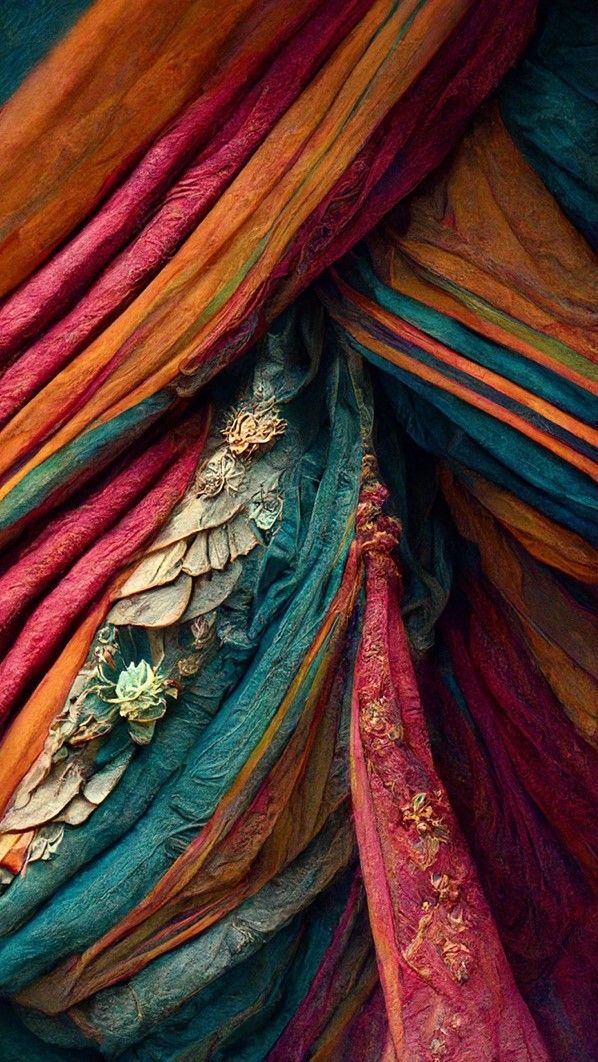
Gábor Nagy
Hungary
The AICELAND project was created by the artist during the Covid period. When he was unable to travel in reality, the AI allowed him to do it in his head.
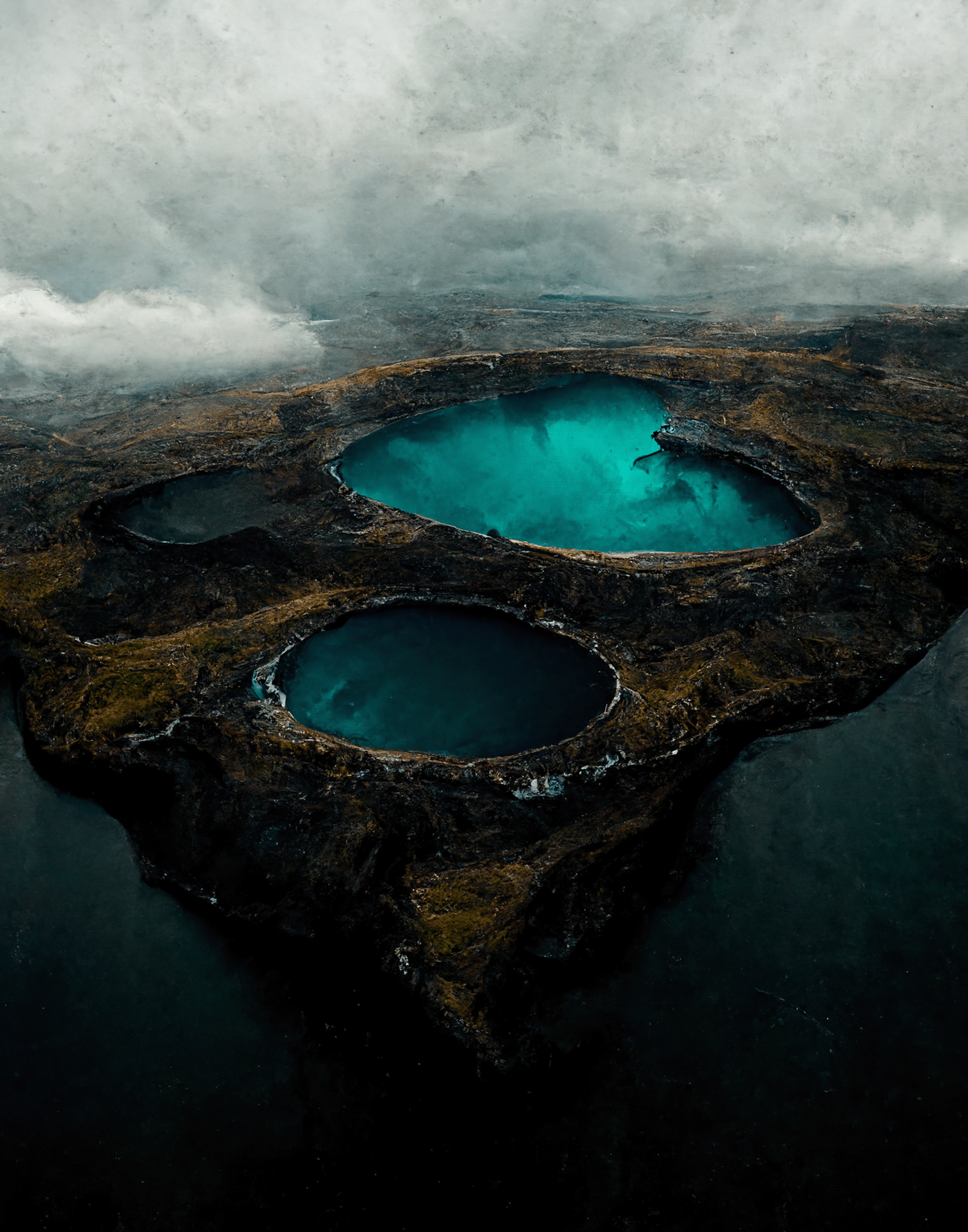

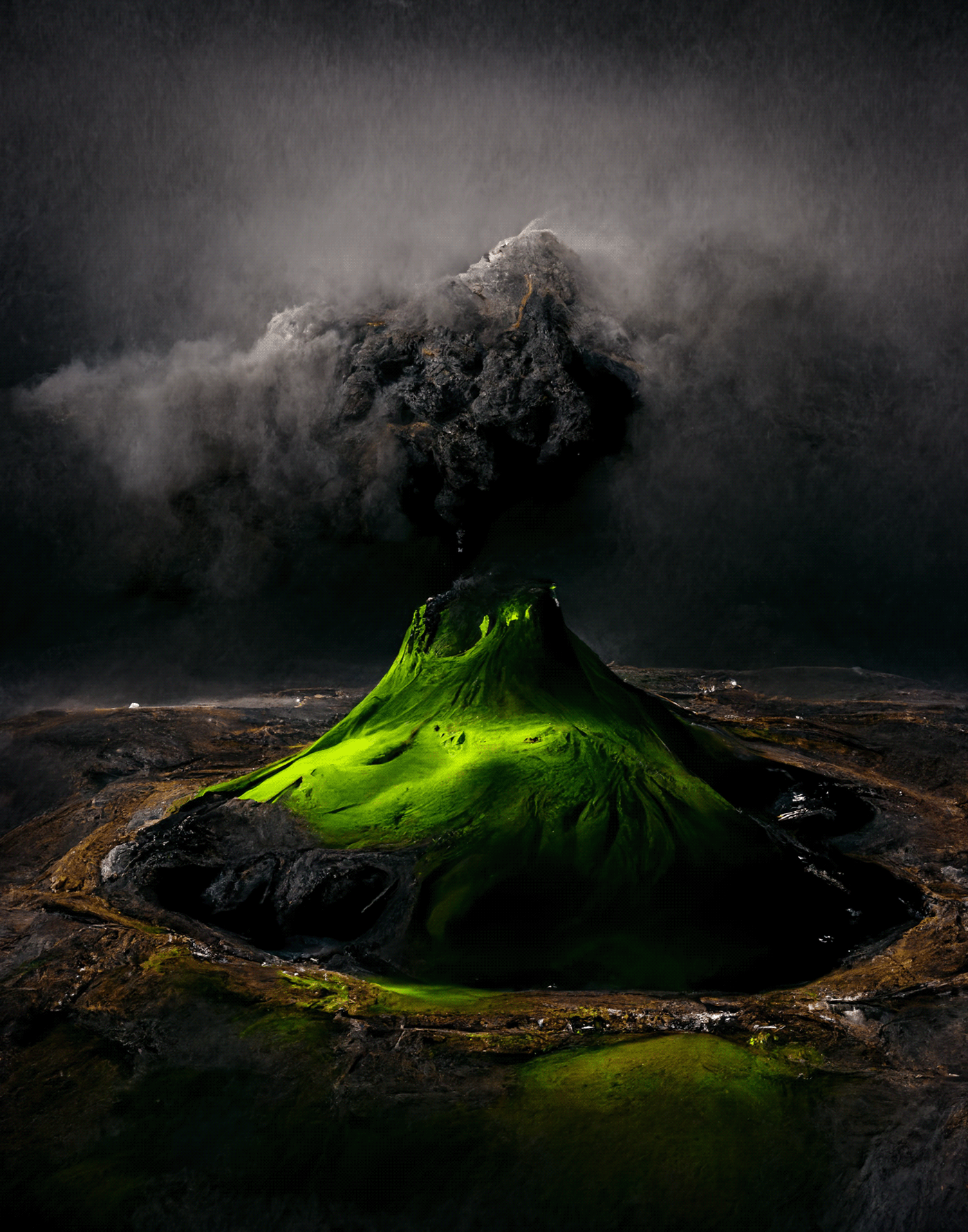
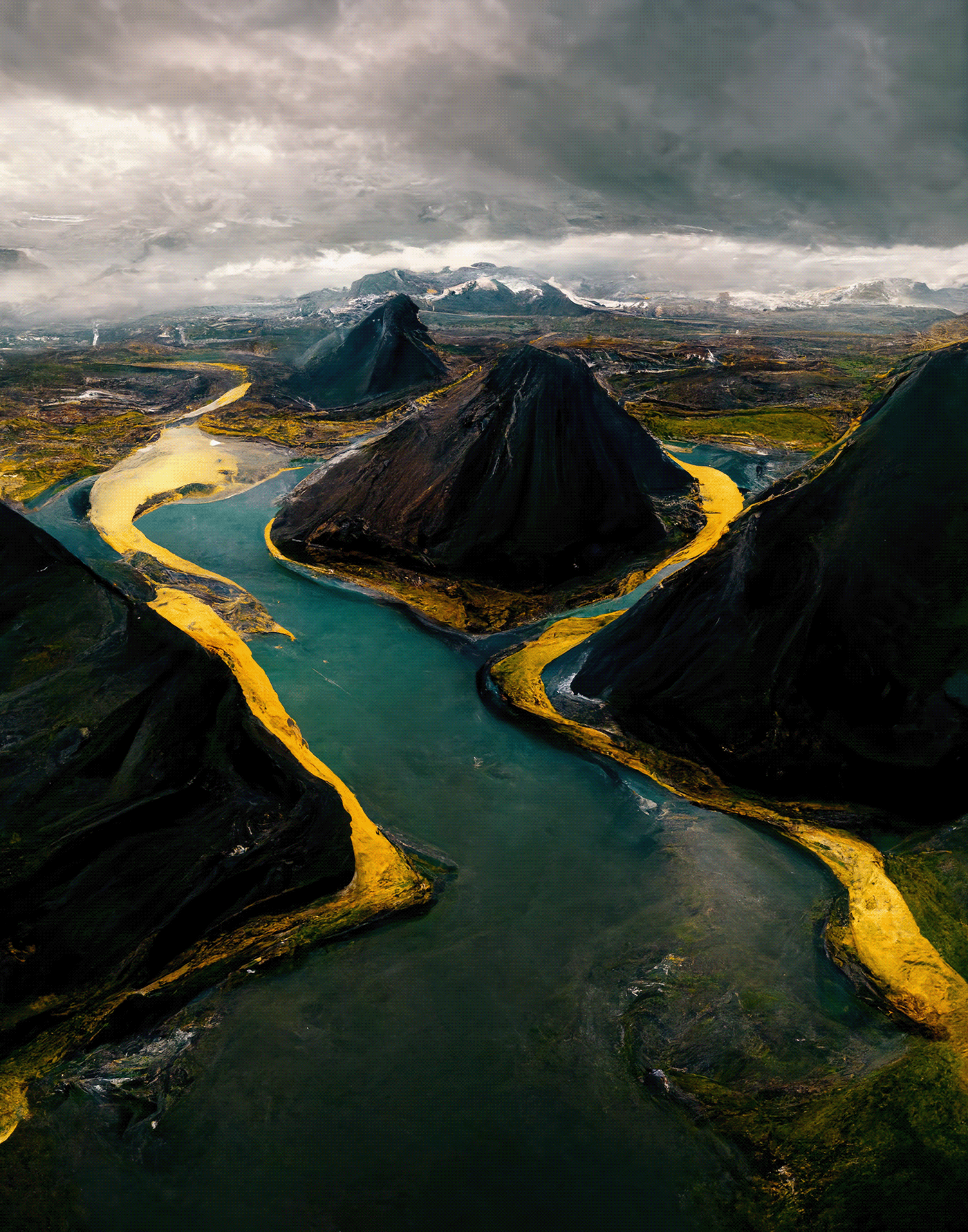
Lately, we’ve been hearing more and more about how part of our lives will slowly shift to virtual reality. The world-making potential of AI could be one of the drivers of accelerating this process.
Cover Image: Phil A.
Street Invader | Behance | Instagram
Daniel Fokin | Behance | Instagram
Andrea Diána Keresztesi | Behance | Instagram
Carlos Paboudjian | Behance | Instagram
Gábor Nagy | Web | Behance | Instagram

Warsaw bookstores treasured by locals | TOP 5

Czech beer spa traditions introduced in Belgium










